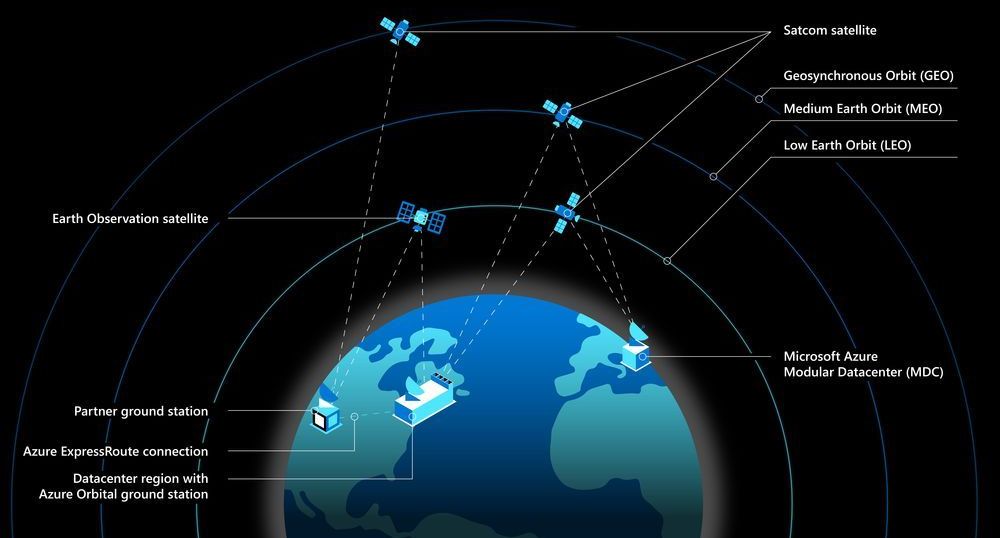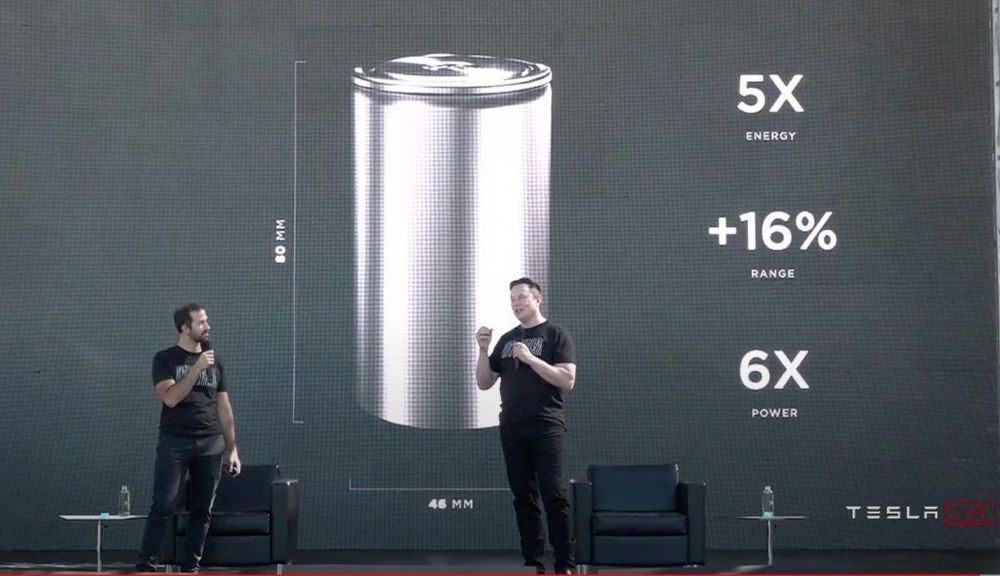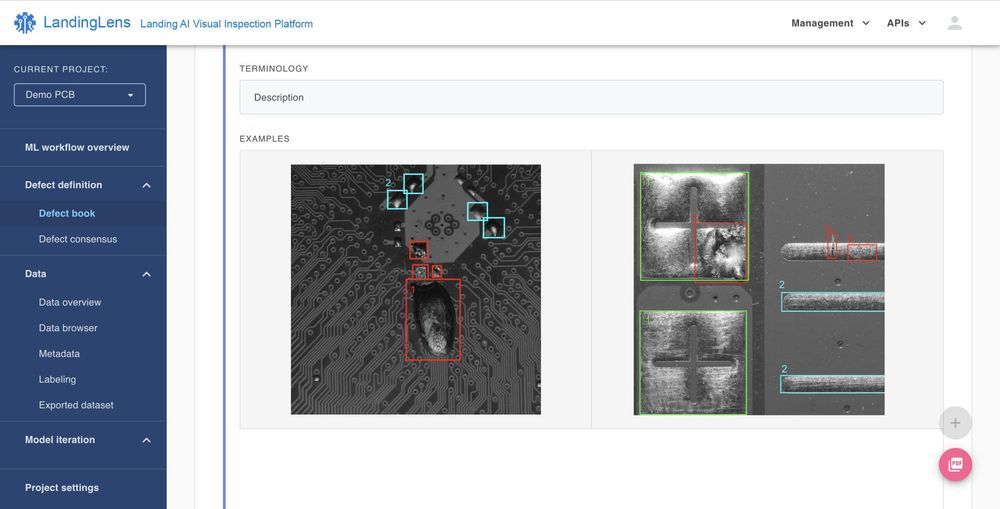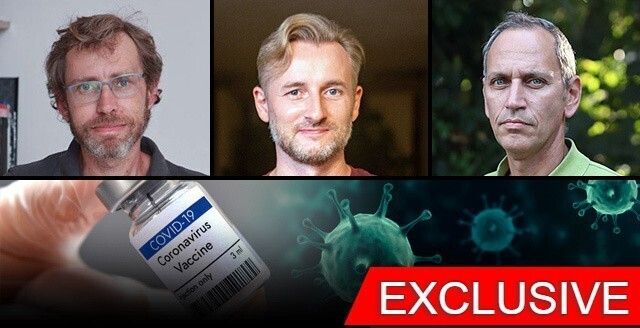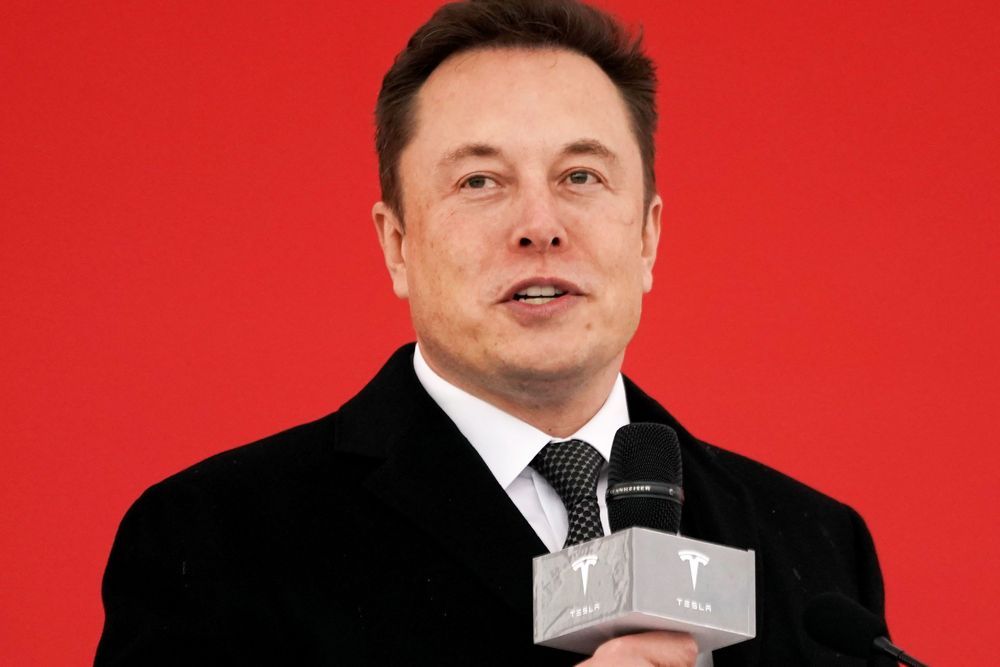Global Manufacturing Companies Trust LandingLens to Enhance Their Existing Visual Inspection Systems with AI
PALO ALTO, Calif. – October 21, 2020 – Landing AI, a company that empowers customers to harness the business value of AI by providing enablement tools and transformation programs, today unveiled LandingLens, an end-to-end visual inspection platform specifically designed to help manufacturers build, deploy, and scale AI-powered visual inspection solutions.
Visual inspection is a widely used method in manufacturing for processes like defect identification and assembly verification. While this has generally been performed by human workers and traditional rule-based machine vision, more and more companies are turning to AI to automate and enhance their visual inspection operations given the accuracy, flexibility and low cost that the technology brings.

